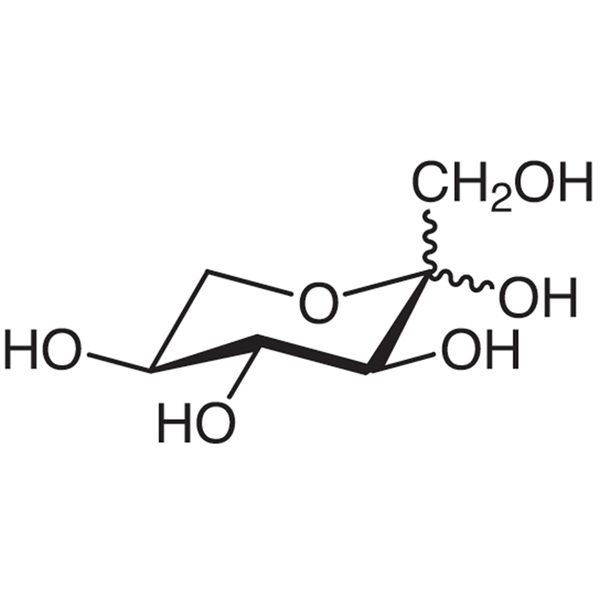L-(-)-Sorbose CAS 87-79-6 Assay ≥98.0% (HPLC)
Ruifu Chemical is the leading manufacturer of L-(-)-Sorbose (CAS: 87-79-6) with high quality. Ruifu Chemical has 15 years experience in carbohydrate chemistry. Our R&D center is located in Shanghai and has two factories in China. Ruifu Chemical can provide worldwide delivery, competitive price, excellent service, small and bulk quantities available. Purchase L-(-)-Sorbose or other carbohydrates, Please contact: alvin@ruifuchem.com
| Chemical Name | L-(-)-Sorbose |
| Synonyms | L-Sorbose; Sorbose; Sorbinose; L-Sor; (3S,4R,5S)-1,3,4,5,6-Pentahydroxyhexan-2-one |
| Stock Status | In Stock, Commercial Production |
| CAS Number | 87-79-6 |
| Molecular Formula | C6H12O6 |
| Molecular Weight | 180.16 g/mol |
| Melting Point | 155.0 to 165.0℃ |
| Specific Rotation [a]20/D | -42.0° to -44.0° (C=1, H2O) |
| Density | 1.65 g/cm3 |
| Store Under Inert Gas | Store Under Inert Gas |
| Sensitive | Hygroscopic |
| Solubility | Soluble in Water. Insoluble in Ether |
| Storage Temp. | Cool & Dry Place (0~8℃) |
| COA & MSDS | Available |
| Origin of Product | Shanghai, China |
| Product Categories |
Carbohydrates Sugars |
| Brand | Ruifu Chemical |
| Items | Specifications | Results |
| Appearance | White Crystalline Powder | White Crystalline Powder |
| Melting Point | 155.0~165.0℃ | 163.0~165.0℃ |
| Specific Rotation [a]20/D | -42.0° ~ -44.0° (C=1 in H2O) | -43.1° |
| Solubility in H2O (0.1 g/ml) | Clear, Colorless to Faintly Yellow | Pass |
| Loss on Drying | ≤0.50% | 0.15% |
| Ignition Residue (as Sulfate) | ≤0.50% | 0.09% |
| Total Sugars | ≤1.00% | 0.6% |
| Chloride | ≤70mg/kg | 42mg/kg |
| Sulfate | ≤100mg/kg | 88mg/kg |
| Heavy Metals (Pb) | ≤10mg/kg | 6mg/kg |
| Lead (GT-18) | ≤2mg/kg | 0.9mg/kg |
| Assay / Analysis Method | ≥98.0% (HPLC) | 99.1% |
| Conclusion | The product has been tested and complies with the given specifications | |
Package: Bottle, Aluminium foil bag, 25kg/Cardboard Drum, or according to customer's requirement.
Storage Condition: Keep the container tightly closed and store in a cool, dry (0~8℃), well-ventilated warehouse away from incompatible substances. Keep away from sunshine; avoid fire and heat sources; avoid moisture.
Shipping: Deliver to worldwide by air, by sea, by FedEx / DHL Express. Provide fast and reliable delivery.
How to Purchase? Please contact Dr. Alvin Huang: sales@ruifuchem.com or alvin@ruifuchem.com
15 Years Experience? We have more than 15 years of experience in the manufacture and export of a wide range of high quality pharmaceutical intermediates or fine chemicals.
Main Markets? Sell to domestic market, North America, Europe, India, Korea, Japanese, Australia, etc.
Advantages? Superior quality, affordable price, professional services and technical support, fast delivery.
Quality Assurance? Strict quality control system. Professional equipment for analysis include NMR, LC-MS, GC, HPLC, ICP-MS, UV, IR, OR, K.F, ROI, LOD, MP, Clarity, Solubility, Microbial limit test, etc.
Samples? Most products provide free samples for quality evaluation, shipping cost should be paid by customers.
Factory Audit? Factory audit welcome. Please make an appointment in advance.
MOQ? No MOQ. Small order is acceptable.
Delivery Time? If within stock, three days delivery guaranteed.
Transportation? By Express (FedEx, DHL), by Air, by Sea.
Documents? After sales service: COA, MOA, ROS, MSDS, etc. can be provided.
Custom Synthesis? Can provide custom synthesis services to best fit your research needs.
Payment Terms? Proforma invoice will be sent first after confirmation of order, enclosed our bank information. Payment by T/T (Telex Transfer), PayPal, Western Union, etc.
Hazard Symbols Xi - Irritant
Risk Codes 36/37/38 - Irritating to eyes, respiratory system and skin.
Safety Description S24/25 - Avoid contact with skin and eyes.
S36 - Wear suitable protective clothing.
S26 - In case of contact with eyes, rinse immediately with plenty of water and seek medical advice.
S22 - Do not breathe dust.
WGK Germany 3
RTECS WG3195025
HS Code 2940009090
L-(-)-Sorbose (CAS: 87-79-6) is a naturally occurring sugar alcohol that is found in many fruits, vegetables, and grains. It is a monosaccharide (single sugar unit) that belongs to the aldose family of carbohydrates. It is a white, odorless, and crystalline solid that is soluble in water. It has a sweet taste, similar to that of sucrose, and is used in food and beverage production as a sweetener and preservative. It is also used in the medical and pharmaceutical industries for the production of drugs, vitamins, and other compounds.
L-(-)-Sorbose (CAS: 87-79-6) is a low molecular weight naturally occurring monosaccharide carbohydrate molecule. It has sweetness that is nearly equivalent to that of sucrose.
In vivo studies, L-(-)-Sorbose is used to study the effects of sugar metabolism on various diseases, such as diabetes, as well as to study the effects of sugar intake on the body.
In vitro studies, L-(-)-Sorbose is used to study the effects of sugar metabolism on cells and tissues.
Biochemical research. L-(-)-Sorbose can be used to prepare biological culture medium, study the metabolism of animals and microorganisms.
L-(-)-Sorbose is used as a starting reagent for the commercial biosynthesis of ascorbic acid (vitamin C).
L-(-)-Sorbose (CAS: 87-79-6) has a number of advantages and limitations for use in lab experiments. L-(-)-Sorbose is a relatively inexpensive and easy to obtain compound, and it is stable in aqueous solutions. L-(-)-Sorbose is also non-toxic and has a low molecular weight, making it suitable for use in a variety of laboratory experiments. However, L-(-)-Sorbose is not very soluble in organic solvents, and its solubility decreases with increasing temperature.
L-(-)-Sorbose (CAS: 87-79-6) has been found to have a number of pharmacodynamic effects. L-(-)-Sorbose has been found to reduce the absorption of glucose in the gut, as well as to reduce the production of insulin and other hormones involved in glucose metabolism. L-(-)-Sorbose has also been found to increase the production of fatty acids, which can be used as an energy source.
The use of L-(-)-Sorbose (CAS: 87-79-6) in scientific research is still in its early stages. There are a number of potential future directions for research. These include the development of new methods for synthesizing the compound, the study of its effects on various diseases, and the exploration of its potential therapeutic uses. Additionally, the exploration of its potential as a food additive or preservative could be of great interest. Further research into its mechanism of action could also lead to the development of new drugs. Finally, further research into its biochemical and physiological effects could lead to the development of new treatments for a variety of medical conditions.
-
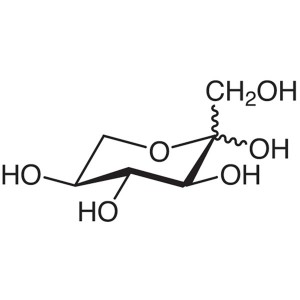
L-(-)-Sorbose CAS 87-79-6 Assay ≥98.0% (HPLC)
-
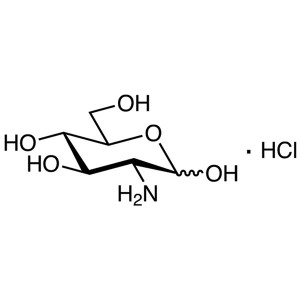
D-(+)-Glucosamine Hydrochloride CAS 66-84-2 Ass...
-
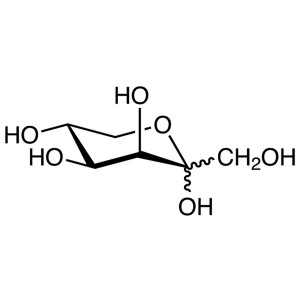
D-Tagatose CAS 87-81-0 Assay >99.0% (HPLC) Factory
-
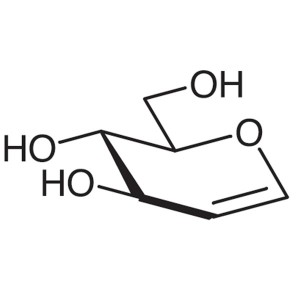
D-Glucal CAS 13265-84-4 Assay >96.0% (HPLC) Fac...
-
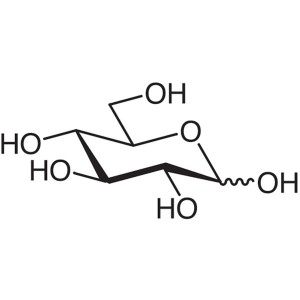
D-(+)-Glucose Anhydrous CAS 50-99-7 Assay ≥99.5...
-
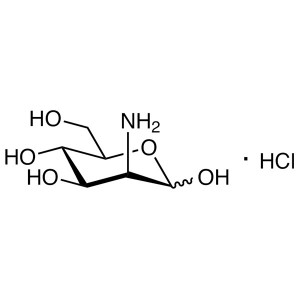
D-Mannosamine Hydrochloride CAS 5505-63-5 Assay...
-
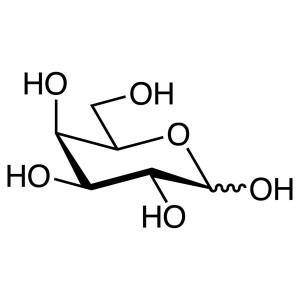
D-(+)-Galactose Anhydrous CAS 59-23-4 Assay >98...
-
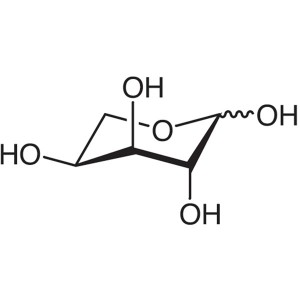
L-(+)-Arabinose CAS 5328-37-0 ; 87-72-9 Assay >...
-
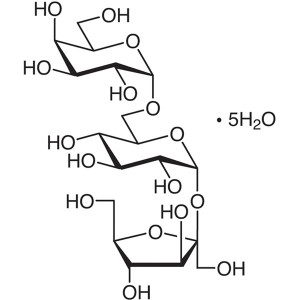
D-(+)-Raffinose Pentahydrate CAS 17629-30-0 Ass...
-
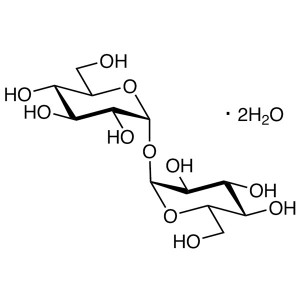
D-(+)-Trehalose Dihydrate CAS 6138-23-4 Assay >...
-
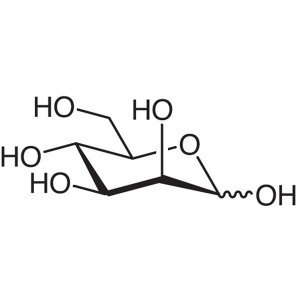
D-(+)-Mannose CAS 3458-28-4 Assay >99.0% (HPLC)...
-
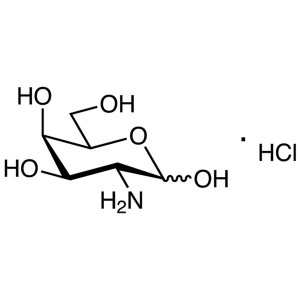
D-(+)-Galactosamine Hydrochloride CAS 1772-03-8...
-
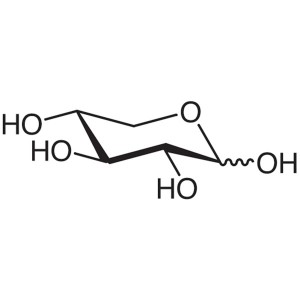
D-(+)-Xylose CAS 58-86-6 Purity >99.5% (HPLC) F...
-
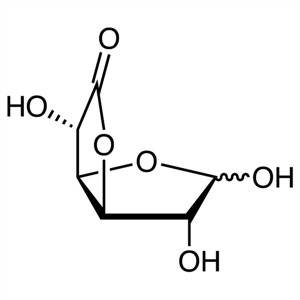
D-Glucuronolactone CAS 32449-92-6 Assay 98.5%~1...
-
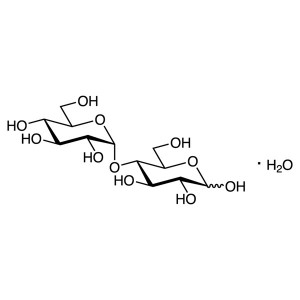
D-(+)-Maltose Monohydrate CAS 6363-53-7 Assay ≥...
-
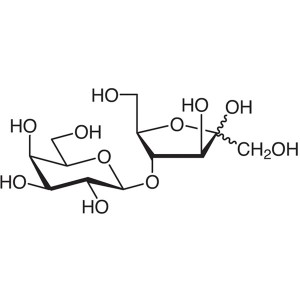
Lactulose CAS 4618-18-2 Assay >98.5% (HPLC)

